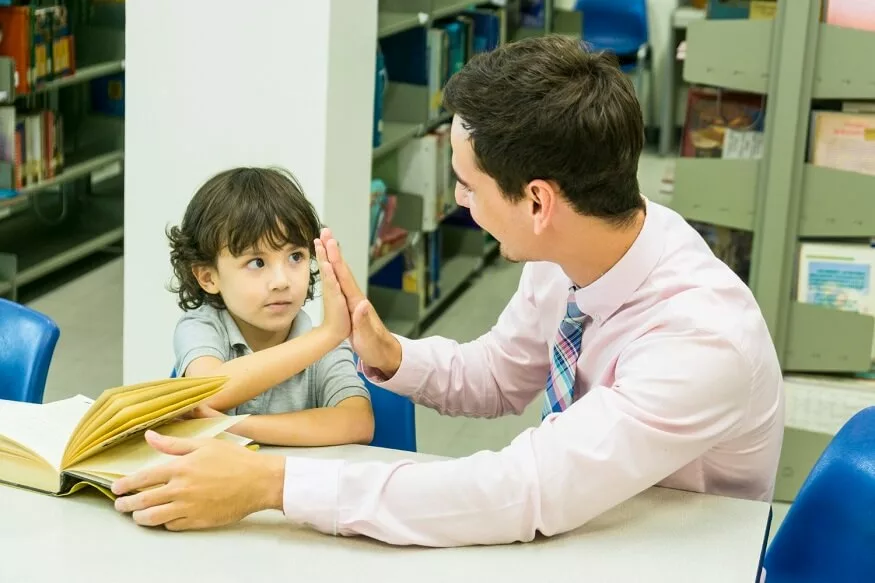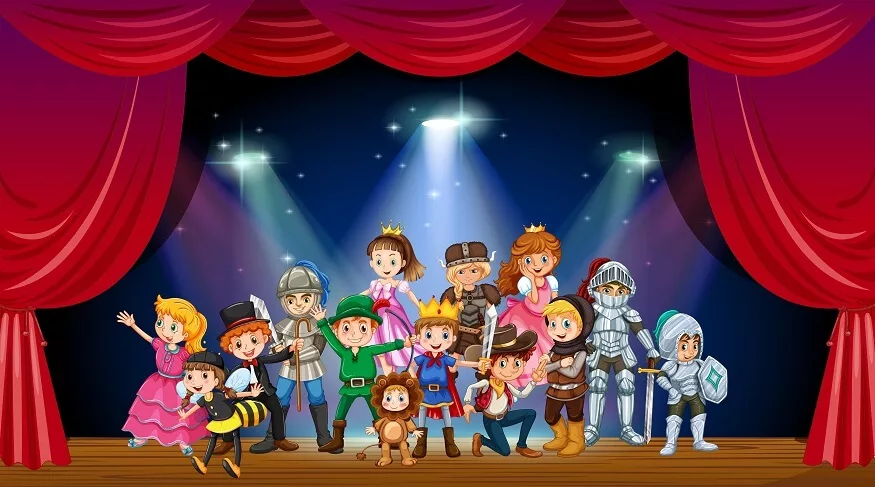Tattling in preschool is a common behaviour that often stumps educators and caregivers alike. The preschool years are marked by a growing sense of self, a budding understanding of right from wrong, and the desire to navigate social norms. As children are in this learning phase, it’s essential to know how to handle situations where tattling becomes the primary mode of communication.
Also Read: What is the development of a child in preschool?
Understanding the Tattling Meaning:
Before diving into solutions, it’s pivotal to grasp the tattling meaning. Tattling, in its most basic sense, refers to reporting another person’s wrongdoing. While it’s sometimes done with genuine concern, more often in the preschool context, it emerges from a space of seeking attention, testing boundaries, or attempting to navigate the intricacies of social interactions.
Also Read: Toddler Transition Program: Meaning, Role and Benefits
Types of tattling
Tattling can manifest in various forms, especially in environments like schools where social interactions are frequent and complex. Understanding these types can help educators and caregivers address each situation effectively. Here are the different types of tattling:
- Attention-seeking Tattling: This is when a child reports minor infractions primarily to get the attention of the adult. It’s less about the action being reported and more about the child’s need for attention or validation.
- Retaliatory Tattling: In this type, the primary motive is revenge. A child might tattle on another because they feel wronged, even if the reported action is inconsequential.
- Justice-seeking Tattling: Some children have a strong sense of justice and fairness from a young age. They might tattle simply because they believe that rules should be followed strictly and want to see justice served.
- Concern-based Tattling: This form of tattling comes from genuine concern or fear. For instance, if a child believes another child might get hurt or is in danger, they’ll report it.
- Inquiry Tattling: In some cases, children tattle because they are trying to understand the rules or social norms better. They might report an action to an adult, seeking clarity on whether it’s acceptable or not.
- Friendship Tattling: This type of tattling can be a means to strengthen bonds with peers. By tattling on outsiders or those not in their close circle, children might believe they are solidifying their friendship bonds.
- Accidental Tattling: Sometimes, children might inadvertently share information without the intent of getting others in trouble. They might be sharing a story or incident casually, not realising it might have repercussions for someone else.
Also Read: What is Scolionophobia, Its Symptomps & Treatment?
Tattling Examples in Preschool:
Examples of tattling in preschool can range from minor to more severe incidents. They could be:
- “Dhruv took my crayon without asking!”
- “Tara isn’t sitting in her spot during story time.”
- “Hari is making funny faces at me.”
- “Priya said she doesn’t want to be my friend.”
The Role of a Teacher in Handling Tattling
The role of a teacher in this context isn’t just to mediate disputes or maintain order in the classroom. It’s also to educate and mould young minds in understanding social cues, developing emotional intelligence, and building a sense of community and trust among peers.
Listening Actively: While it might be tempting to dismiss tattling immediately, it’s essential first to listen. There’s a difference between tattling and reporting a genuine concern. For instance, if a child reports bullying or a potentially dangerous situation, it requires immediate attention.
Ask Guiding Questions: When approached with tattling, asking the child, “Are you telling me this to be helpful or to get someone in trouble?” can provide clarity. This not only makes the child think but also helps them understand their motivations.
Teach Conflict Resolution: Instead of solving their problems for them, guide children in resolving minor disputes on their own. For instance, if one child tattles about another taking their crayon, instead of intervening immediately, the teacher could suggest, “Why don’t you ask James if you can share the crayons?”
Emphasise Empathy: One effective way to reduce tattling is by fostering empathy. Engage children in discussions about feelings. For instance, “How do you think Sam felt when you took his toy?” This way, children begin to understand the impact of their actions on others.
Set Clear Boundaries: Having a clear set of rules and expectations can deter tattling. If children know the boundaries and understand the consequences, they are less likely to tattle on minor infractions. However, it’s equally vital that these boundaries are communicated effectively and reinforced regularly.
Positive Reinforcement: Rewarding and acknowledging children when they exhibit good behaviour or solve problems on their own can reduce the frequency of tattling. Recognising these moments encourages children to be more independent and responsible.
Open Communication: Create an environment where children feel comfortable sharing their feelings and concerns. If they feel they’re being heard and their feelings are validated, they’re less likely to resort to tattling.
Also Read: Kindergarten Education: Advantages and disadvantages of Starting late
How to approach tattling in preschool
As tattling in preschool is almost an inevitable part of the learning landscape, it’s crucial for educators to approach it with patience and understanding. Here are a few points to remember:
- Every Child is Unique: Each child has a different personality, background, and understanding. What might be a big deal for one child might be trivial for another. Thus, a one-size-fits-all approach to handling tattling might not always be effective.
- Stay Neutral: When faced with tattling, it’s essential to remain neutral and not take sides immediately. This ensures that the children feel they are in a fair environment and are less likely to tattle to seek favouritism.
- Continuous Learning: Just as children are constantly learning, so are educators. There will be moments of trial and error in handling tattling. What’s important is the willingness to learn, adapt, and modify strategies to best suit the classroom’s needs.
Also Read: What is the Best Age to Start Kindergarten
Tattling in preschool, while sometimes seen as a bothersome behaviour, is, in essence, a manifestation of children’s attempts to understand the world around them. It’s a call for guidance, attention, and sometimes, a simple reassurance. The role of a teacher is not just to keep the peace but to arm these young minds with the tools and understanding to navigate social interactions gracefully. By understanding the underlying motivations of tattling and employing effective strategies, educators can create a harmonious and conducive learning environment for all.
EuroSchool teachers adopt a compassionate approach to tattling in preschools. We focus on active listening, teaching conflict resolution, and fostering empathy among students.










